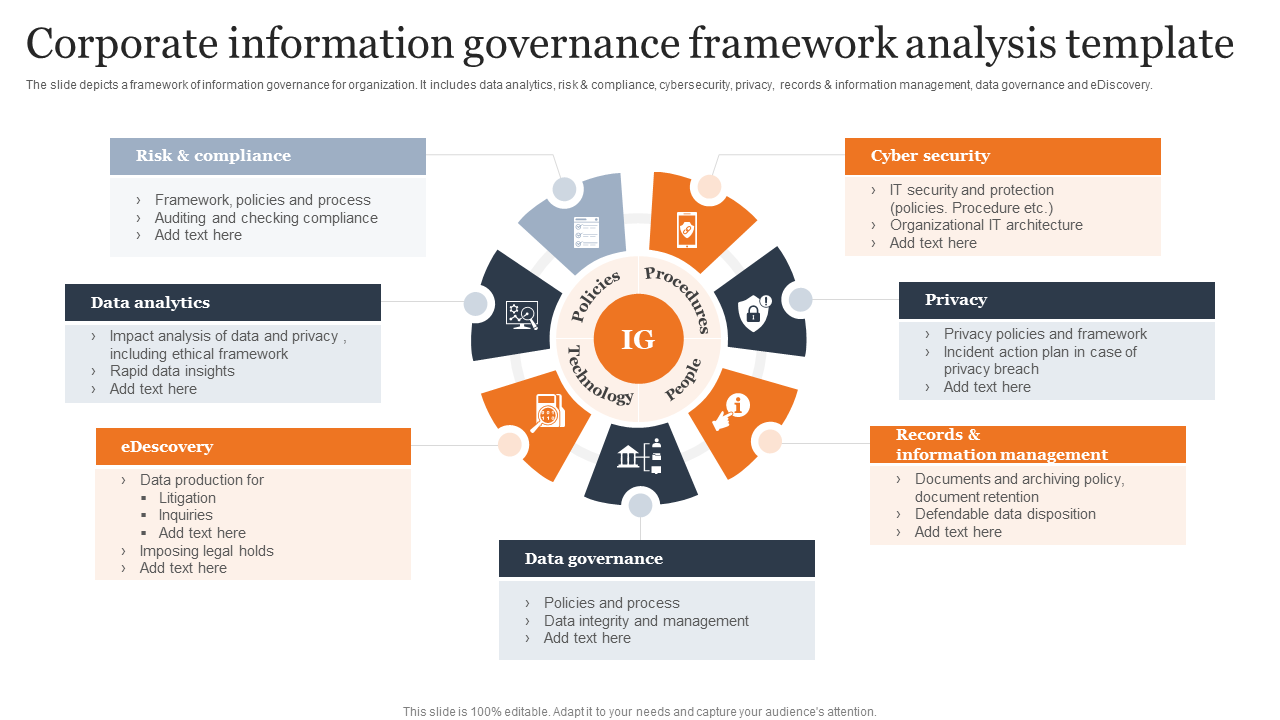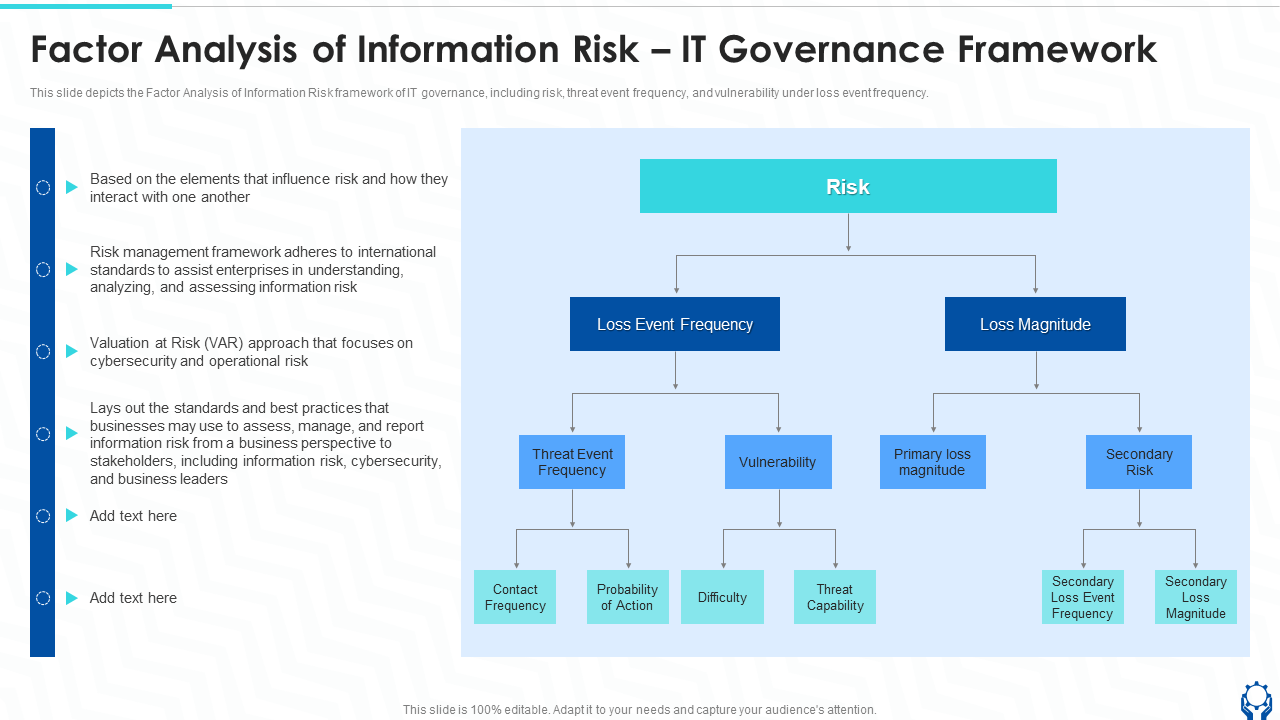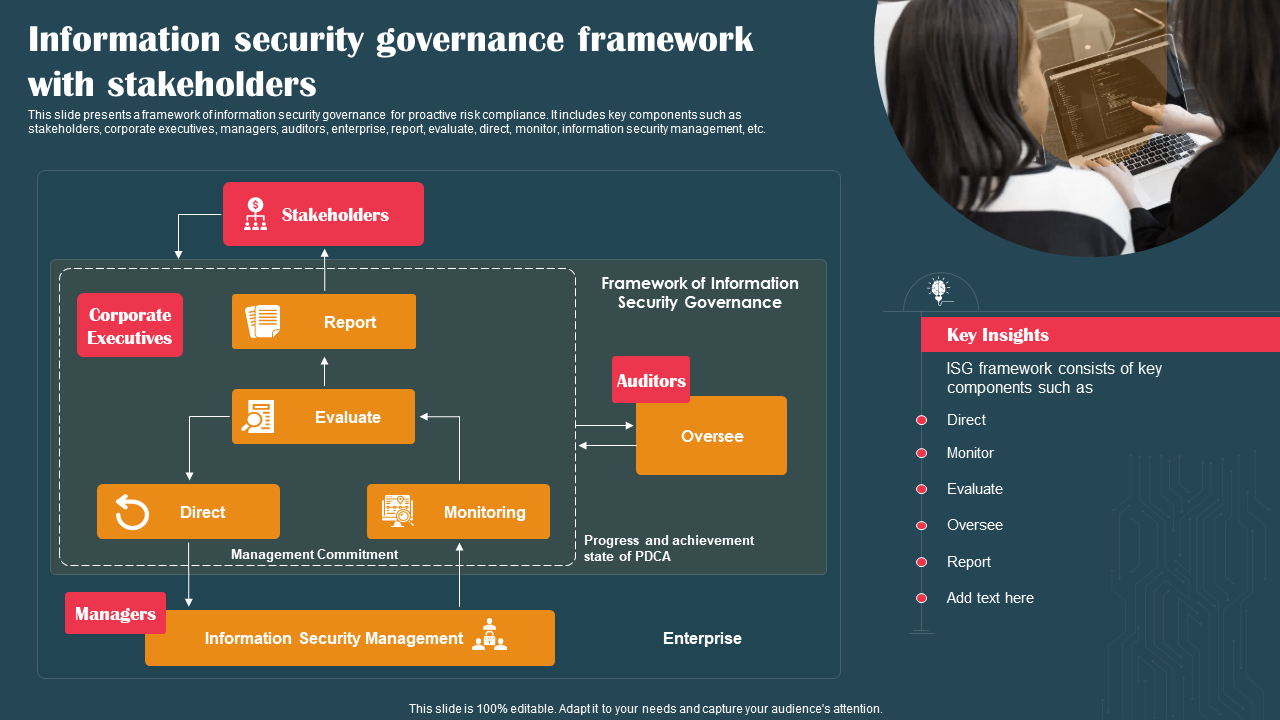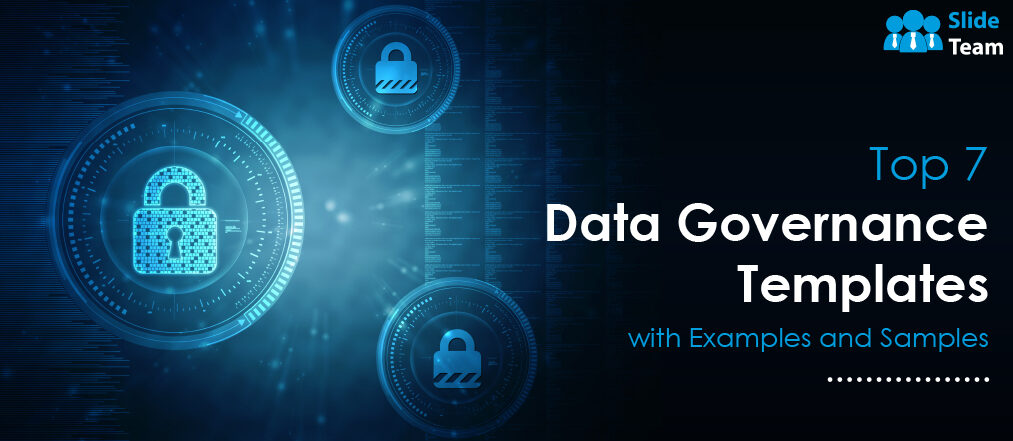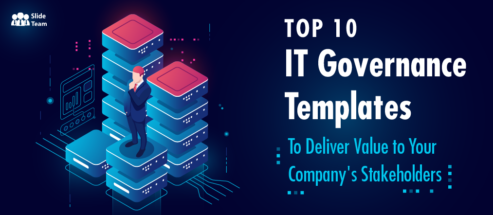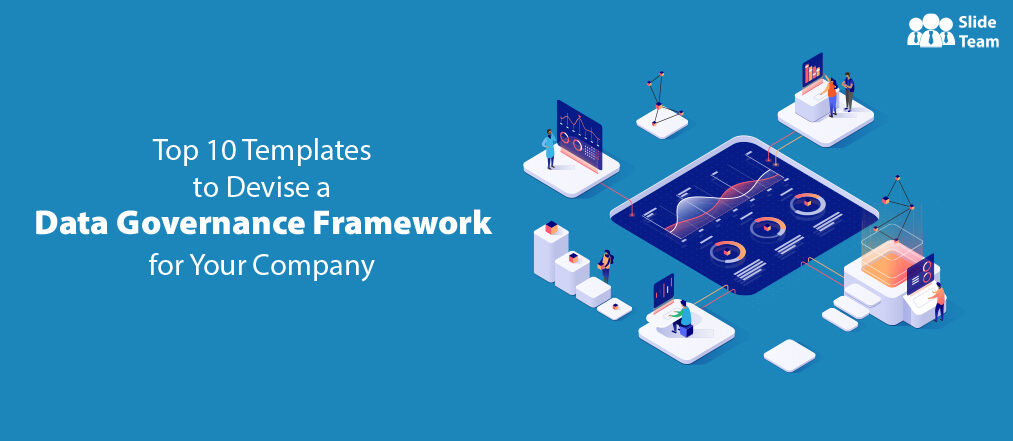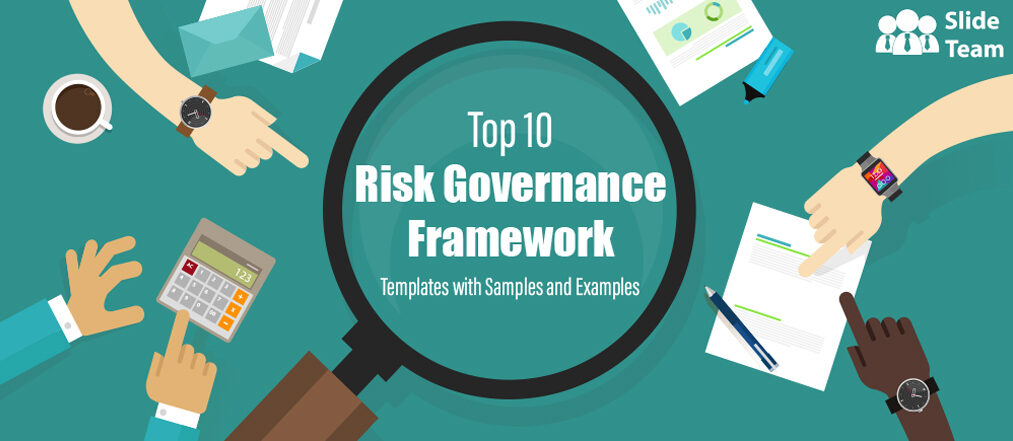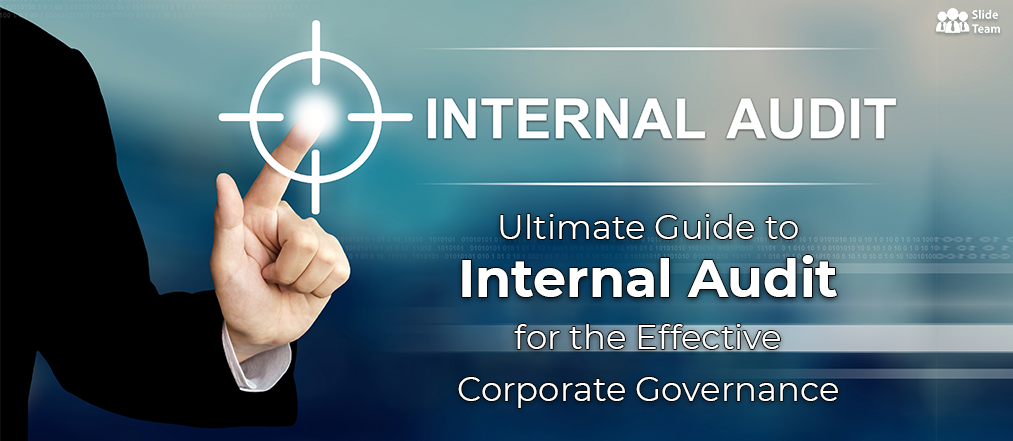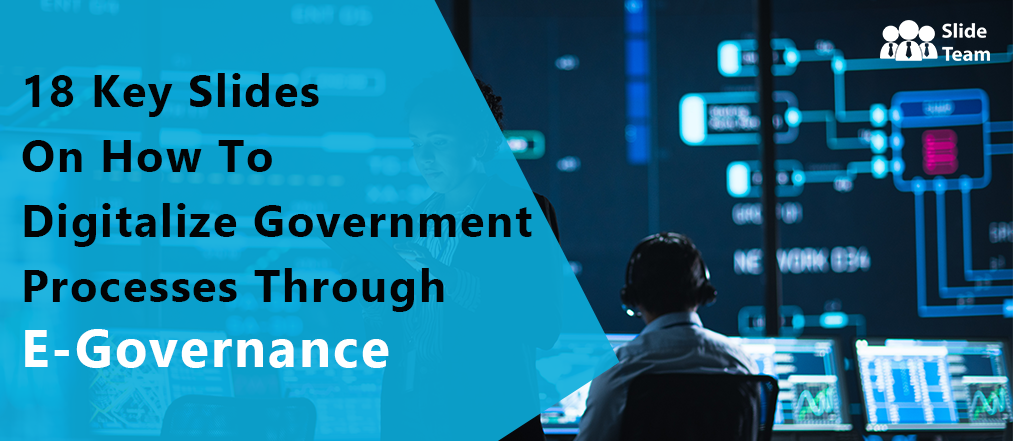We live in a data-driven world where people live, breathe, and trade in data. Businesses run on it. The surge in data volume and complexity has given birth to practices like information governance and data governance. These control methods, especially information governance, have evolved from a necessity to a strategic imperative. But what exactly sets these apart, and why has information governance gained such prominence?
Words quoted by English Quaker writer and minister Willian Pollard answer this precisely: "Information is a source of learning. But unless it is organized, processed, and available to the right people in a format for decision-making, it is a burden, not a benefit."
The Rise of Information Governance: A Distinction from Data Governance
"Information governance" and "data governance" are used interchangeably, but these are not the same. While data governance primarily focuses on managing data assets, including data quality, lineage, and usage, information governance takes a broader approach. It confines not only data but also the policies, procedures, and strategies governing the information landscape. It's about control of data while addressing the context, compliance, and strategic value of the underlying information.
Understanding Information Governance: A Strategic Imperative
Information governance, or IG, ensures an organization's information assets are well-managed, secure, and compliant with regulations. It's the guardrail guiding businesses in the responsible and effective use of their data and information. Nowadays, when data breaches make headlines and data privacy regulations grow increasingly stringent, IG is not just a good practice; it's a lifeline for businesses.
With strict data protection regulations, like the General Data Protection Regulation (GDPR) and California Consumer Privacy Act (CCPA), in place, companies are in a tight spot. Data compromisation, compliance violations, and reputational damage are the top three consequences of information security breaches. An information governance framework mitigates these risks by establishing clear policies and procedures for data management, privacy, security, and compliance. It ensures that data is accurate, accessible, and secure, enhancing decision-making, fostering customer trust, and promoting long-term sustainability.
Information Governance Framework Templates
An information governance framework is the cornerstone of a modern business's data strategy, enabling it to thrive in the data-driven landscape while safeguarding against potential pitfalls.
Creating a robust information governance framework can be a daunting task, but it doesn't have to be. With our 100% customizable information Governance Framework Templates, businesses can simplify the process to create a solid foundation with much less time and effort. These content-ready slides are your gateway to a much-needed structured approach that ensures data compliance, security, and strategic advantage.
Let’s explore these information governance framework templates now!
1. Corporate Information Governance Framework Analysis Template
This presentation layout empowers organizations to merge the 3Ps of information governance — people, procedures, and policies with technology. It highlights what IG includes: Risk & compliance, cyber security, privacy, records & information management, data governance, e-discovery, and data analytics. The PPT Slide allows you to analyze and improve the IG frameworks in available policies, procedures, and architectures and how they fit in with similar designs. Download it now!
2. Information Governance And Data Management Framework Template
This PPT Design offers a comprehensive solution for overseeing and executing a robust information governance program. It simplifies information governance by presenting key components of the IG framework in a clear and organized table format. You will find a detailed list of these essential components in the first column. As you explore subsequent rows, the template delves deeper, revealing the sub-components and requirements necessary for the seamless execution of an effective IG framework. This design empowers IG managers to showcase the people, processes, and mechanisms that drive data governance, ensuring that every facet of your organization's information management is aligned and managed in a strategic way. Get it now!
3. Information Technology Governance Framework PPT Template
This presentation slide presents a holistic approach to information governance with a structured pyramid visualization, ensuring no crucial step is overlooked. At the pyramid base, the first tier comprises instructions, guidelines, forms, and generic templates for policy design. This tier lays the groundwork for policy creation. Ascending to the second tier, the PowerPoint Template highlights critical elements like a strategic plan roadmap, specification handbook, manuals, models, procedures, and process maps. These components shape the strategic direction and operational framework of your governance efforts. The third tier represents the robust core of your governance framework, where standards are set and comprehensive guidelines are established.
At the apex of the pyramid, the fourth tier showcases tangible policies that result from your governance efforts. These policies are the culmination of the preceding tiers and represent the practical implementation of your governance strategy. Throughout the PPT Layout, each tier component's outcomes, impact, and significance are detailed, emphasizing the interdependence and necessity of each layer. With this comprehensive design, stakeholders gain a clear understanding of the step-by-step process, ensuring that no critical element is overlooked in the pursuit of effective information governance. Grab it today!
4. COBIT IT Governance Framework Presentation Template
Control Objectives for Information and Related Technologies (COBIT) is a global IT governance and management framework. It provides a structured approach to align an organization's IT strategies with its business goals and ensure effective risk management and regulatory compliance. Our COBIT IT Governance Framework Presentation Template is your key to understanding and implementing this essential framework. Through the visual power of concentric circles, this template simplifies complex governance concepts and provides clear answers to how,' 'where,' and 'what' aspects of the governance framework. The three layers of the circle address the tasks or elements that need to be taken care of to answer a critical question related to execution.
Within this presentation layout, you'll find a detailed breakdown of the four major components of COBIT: Framework, process descriptions, control goals, and objectives. Each component's significance in maintaining a secure and well-governed business is illustrated, making it easier than ever to grasp and implement the COBIT framework effectively. Download it now!
5. Information Risk IT Governance Framework Factor Analysis Template
Understanding and mitigating risks associated with information governance is paramount for a data-driven business. This PPT Design empowers organizations to do just that. This presentation layout offers a visual representation of information governance-related risks through a user-friendly flow diagram. It simplifies the complexities of risk analysis by breaking these down into easily digestible components, providing a clear and tangible view of their potential impact on business processes. The adjacent space within the template can be used to share insights and key takeaways derived from risk factor analysis. These insights will help facilitate discussions and collaboration with stakeholders, ensuring that everyone is aligned on the risks and their implications. Get it now!
6. Datacenter Information Security Governance Framework PPT Template
At the core of this presentation layout lies a visual representation of the fundamental components of information security within a data center. It contains information security architecture, encompassing principles, models, and architectural structures such as N-tier and service-oriented architectures in the left column. These components form the bedrock of a secure data center environment.
You will find vital information governance components on the right-hand side, including strategy, policy, roles, responsibilities, risk management, legal & regulatory, and compliance. These components ensure that information security is aligned with organizational objectives and legal requirements. In the middle of the template, data center information governance functions are highlighted in five major categories with their sub-components. These categories cover security functions to application protection, server and endpoint security, server and framework management, and a visualized IT platform. This template empowers organizations to dive deep into each facet of information security governance, ensuring a holistic and effective approach to data protection. Grab it today!
7. Information Security Governance Framework Template With Designations
This PPT Slide is a powerful resource for organizations seeking to enhance their information security governance practices. It provides a visual representation of the information security governance framework, highlighting key players who drive and oversee the process. The PPT Design has a flow diagram that offers a clear and intuitive depiction of how information security management flows through the organization. It begins with managers forming an information security management team. The vital role of C-suite executives in monitoring, evaluating, directing, and reporting on information security governance to stakeholders is central to the framework. Acting as vigilant overseers, auditors ensure that security governance at the highest levels meets the required standards. With this PowerPoint Slide, organizations can visualize and optimize their information security governance processes. It simplifies the complexities of monitoring and evaluation, ensuring that information security remains a strategic priority and that stakeholders are kept informed and reassured. Download it now!
Data's Path to Success!
Information governance frameworks provide data security, compliance, efficiency, and strategic decision-making. These IG frameworks serve as the blueprint for safeguarding sensitive information, ensuring regulatory adherence, and harnessing the maximum potential of data as a strategic asset. These are the cornerstones of responsible and successful businesses.
Our information governance framework templates empower organizations to navigate the complexities of data with confidence and help create robust frameworks. These expert-designed PPT Slides are essential tools for businesses striving to master data management challenges.
Download these information governance framework templates, tailor them to your needs, and lead your organization into a future where data is a catalyst for growth.
FAQs on Information Governance Framework
What is an Information Governance framework?
An Information Governance (IG) framework outlines the policies, processes, and guidelines governing an organization's information management practices in a strategic structure. It provides an organized approach to managing information assets, ensuring their effective handling, storage, and use in a secure way and compliance with legal and regulatory requirements.
What should be in an Information Governance framework?
An effective Information Governance framework should include the following components:
- Policies and Procedures: Clear and comprehensive policies and procedures for information management, data security, retention, and disposal.
- Roles and Responsibilities: Defined roles and responsibilities for individuals and departments involved in information management.
- Data Classification: Guidelines for classifying information based on sensitivity and importance.
- Compliance: Measures to ensure compliance with relevant laws, regulations, and industry standards.
- Data Security: Protocols for safeguarding data from unauthorized access, breaches, and cyber threats.
- Retention and Disposal: Guidelines for retaining and disposing of data in a manner that meets both legal requirements and business needs.
- Training and Awareness: Training programs and awareness campaigns to educate employees about information governance practices.
- Monitoring and Auditing: Mechanisms for monitoring, auditing, and assessing information management practices for compliance and effectiveness.
What are the three IG principles?
The three key Information Governance principles are:
- Availability: Ensuring authorized users can access information when and where needed.
- Integrity: Maintaining the accuracy and reliability of information, protecting it from unauthorized alterations or corruption.
- Confidentiality: Safeguarding sensitive information and ensuring it is only accessible to authorized individuals.
Why is the Information Governance framework important?
The Information Governance framework is crucial for:
- Risk Mitigation: It helps organizations manage data breaches, non-compliance, and information mismanagement risks.
- Efficiency: It streamlines information processes, reducing redundancy and ensuring data is readily available when needed.
- Compliance: It ensures that organizations adhere to legal and regulatory requirements, avoiding legal consequences.
- Data Quality: It enhances the accuracy and reliability of data, which is essential for informed decision-making.
- Security: It helps protect sensitive information from unauthorized access, safeguarding an organization's reputation.
How do you implement information governance?
Implementing Information Governance involves the following steps:
- Assessment: Conduct a comprehensive evaluation of your organization's current information management practices and identify areas that need improvement.
- Policy Development: Develop clear and comprehensive policies and procedures that align with your organization's goals and legal requirements.
- Training and Awareness: Educate employees about information governance principles and their roles in compliance.
- Technology and Tools: Invest in technology and tools that facilitate information management, data security, and compliance.
- Monitoring and Auditing: Implement regular monitoring, auditing, and assessment processes to ensure ongoing compliance and effectiveness.
- Continuous Improvement: Review and update your IG framework to adapt to changing regulations and technology advancements.


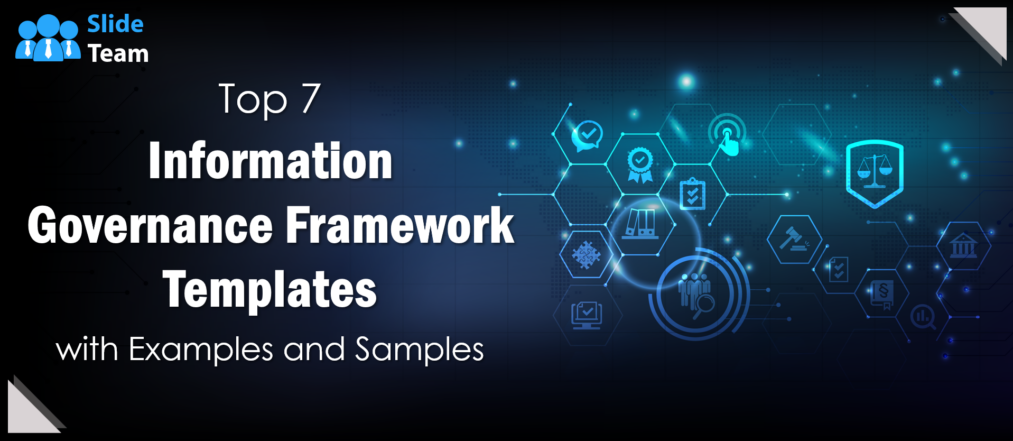


 Customer Reviews
Customer Reviews

